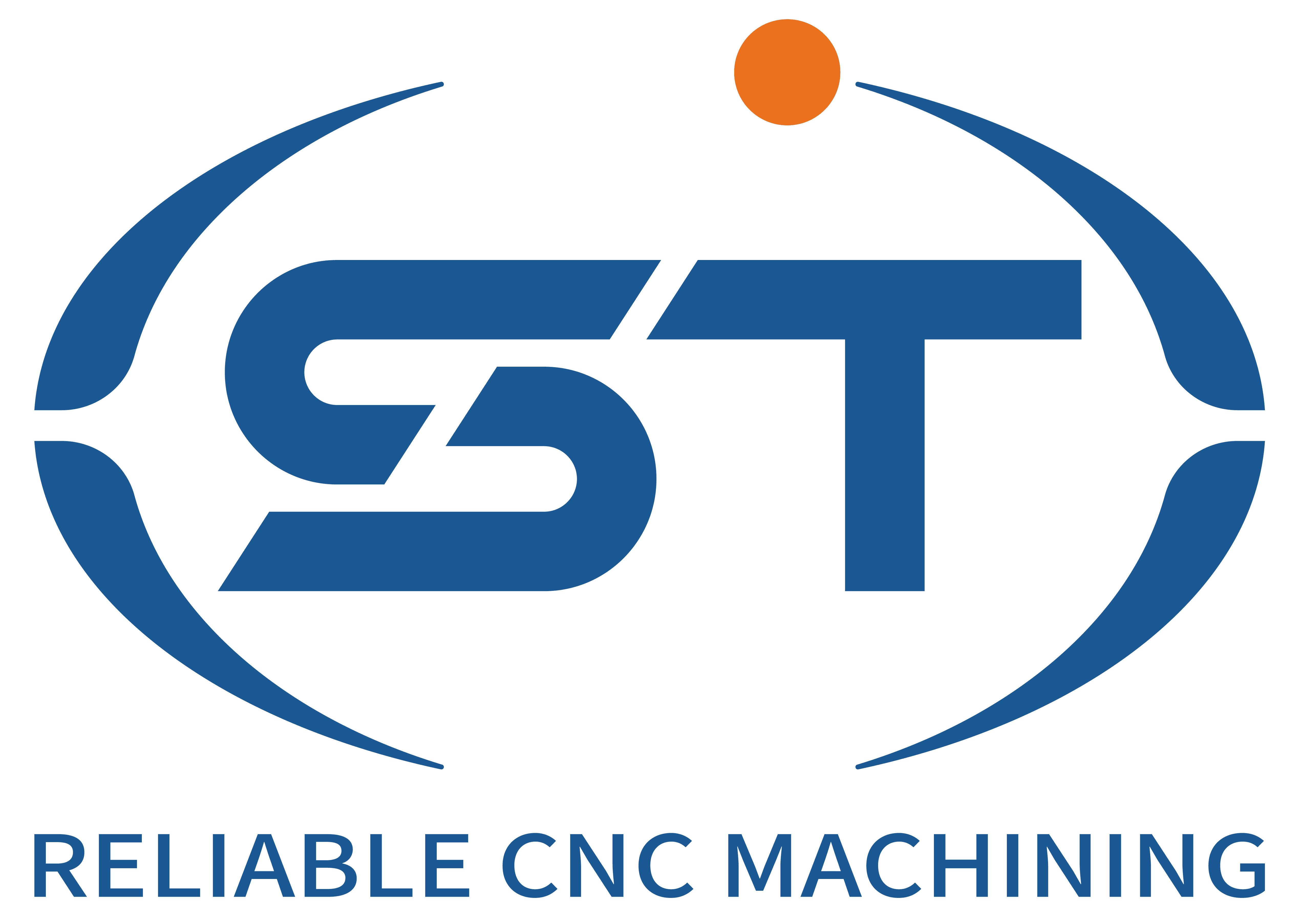Energy-Saving and Emission Reduction Strategies for CNC Machining in Automotive Component Production
The automotive CNC machining industry faces mounting pressure to reduce energy consumption and greenhouse gas emissions while maintaining production efficiency. Operations like milling engine blocks, turning transmission shafts, and drilling brake components often rely on energy-intensive processes and generate significant carbon footprints. Implementing targeted energy-saving measures and emission reduction technologies enables manufacturers to meet sustainability goals, comply with environmental regulations, and enhance operational competitiveness. Below are actionable strategies for optimizing energy use and minimizing emissions in automotive CNC machining.
1. Advanced Machining Techniques for Energy Efficiency
- High-Speed Machining (HSM) Optimization: Adopt HSM parameters for roughing and finishing operations on components such as aluminum cylinder heads or steel crankshafts. By increasing spindle speeds and feed rates while reducing cutting depths, HSM shortens cycle times by 30–50%, directly lowering electricity consumption per part. This approach also minimizes tool wear, reducing the frequency of energy-intensive tool changes and regrinding processes.
- Dry and Near-Dry Machining Trials: Evaluate dry cutting for specific applications like finishing magnesium alloy engine covers or drilling plastic fuel tanks. Eliminating coolant use cuts energy required for pumping, filtering, and temperature control systems. For processes requiring lubrication, near-dry machining with minimal mist coolant reduces fluid-related energy demands while maintaining tool life during high-precision operations.
- Adaptive Control Systems: Integrate sensors and real-time monitoring software into CNC machines to dynamically adjust cutting parameters based on material hardness, tool wear, or machine load. For example, adaptive systems can reduce spindle speed when machining softer aluminum sections of intake manifolds, optimizing energy use without compromising surface finish quality.
2. Energy Recovery and Equipment Upgrades
- Regenerative Braking for Spindle Motors: Equip CNC machines with regenerative drives that capture kinetic energy during spindle deceleration or axis braking. This stored energy can power auxiliary systems like coolant pumps or lighting, reducing grid electricity demand by up to 20% in facilities processing high-torque components like differential gears.
- LED Lighting Retrofits: Replace traditional fluorescent or halogen lights in machine bays with motion-activated LED fixtures. LEDs consume 60–80% less energy and have longer lifespans, lowering maintenance costs and electricity use in large-scale production halls handling components like suspension arms or brake calipers.
- Variable Frequency Drives (VFDs) for Pumps: Install VFDs on coolant and hydraulic pumps to match flow rates with actual machining requirements. For instance, reducing pump speed during idle periods between operations on CNC lathes machining steel axles can cut energy consumption by 40–60% compared to constant-speed operation.
3. Process Optimization Through Digital Tools
- Simulation Software for Cycle Time Reduction: Use CAD/CAM simulation to optimize tool paths and machining sequences before production runs. By minimizing non-cutting time—such as rapid traverses or tool changes—when milling complex components like turbocharger housings, manufacturers can reduce machine runtime and associated energy use by 15–25%.
- Predictive Maintenance Algorithms: Deploy IoT sensors to monitor machine health indicators like vibration, temperature, or power draw. Predictive analytics can identify inefficiencies, such as misaligned spindles or worn bearings, before they cause energy waste or unplanned downtime during high-volume production of components like engine blocks.
- Energy Monitoring Dashboards: Implement real-time energy tracking systems to visualize consumption patterns across CNC machines, lighting, and HVAC units. Data analytics reveal peak demand periods, enabling shift scheduling adjustments—such as running energy-intensive operations during off-peak hours—to lower electricity costs and grid strain when machining components like transmission cases.
4. Sustainable Material and Coolant Management
- Lightweight Material Adoption: Transition to high-strength aluminum or composite materials for non-critical components like engine mounts or interior brackets. Lightweight parts require less energy to machine due to reduced cutting forces and tool wear, lowering electricity consumption per part during milling or turning operations.
- Biodegradable Coolant Formulations: Switch to vegetable-based or synthetic ester coolants for lubrication and cooling during machining of components like stainless steel exhaust manifolds. These fluids require lower pumping pressures and temperatures compared to mineral oils, reducing energy use in coolant systems while minimizing environmental impact.
- Closed-Loop Coolant Recycling: Install filtration and skimming units to remove tramp oil, metal particles, and bacteria from used coolant. Recycled fluids can be reused for 3–5 cycles, cutting fresh coolant purchases by 70% and reducing energy needed for fluid disposal or treatment in facilities processing high-volume components like aluminum wheel hubs.
5. Renewable Energy Integration and Carbon Offsetting
- On-Site Solar Power Generation: Install rooftop solar panels to supplement grid electricity for auxiliary systems like air compressors or chip conveyors used in CNC machining of components like steering knuckles. Solar energy can offset 10–30% of factory electricity demand, depending on geographic location and panel capacity.
- Green Energy Procurement: Partner with utility providers to source renewable energy certificates or power purchase agreements (PPAs) for factory operations. Facilities processing components like electric vehicle (EV) battery housings can leverage green energy to reduce Scope 2 emissions and align with corporate sustainability targets.
- Carbon Capture Initiatives: Explore partnerships with carbon offset programs to compensate for unavoidable emissions from energy-intensive processes like heat treatment of steel components. Investing in reforestation projects or renewable energy infrastructure helps neutralize residual carbon footprints while advancing long-term decarbonization goals.
By implementing these energy-saving and emission reduction strategies, automotive CNC machining facilities can achieve measurable improvements in sustainability without compromising productivity or part quality. Proactive adoption of green technologies not only future-proofs operations against tightening environmental regulations but also enhances brand reputation in a market increasingly prioritizing eco-conscious manufacturing practices.




